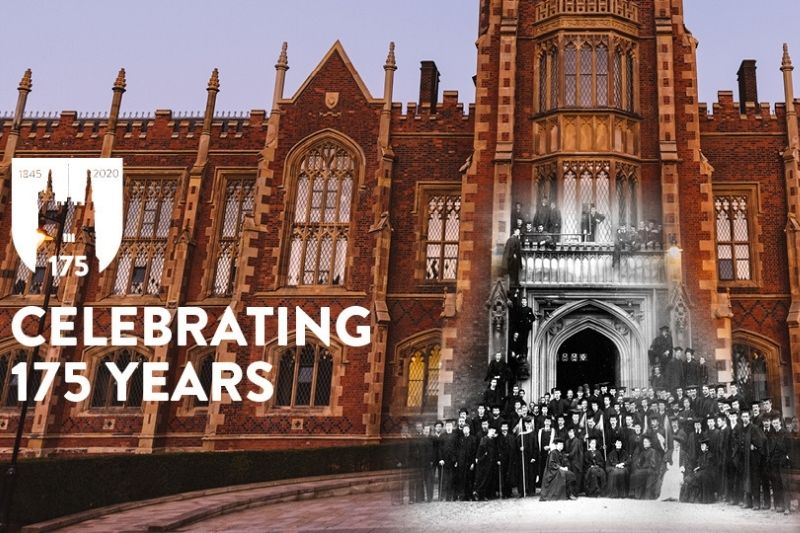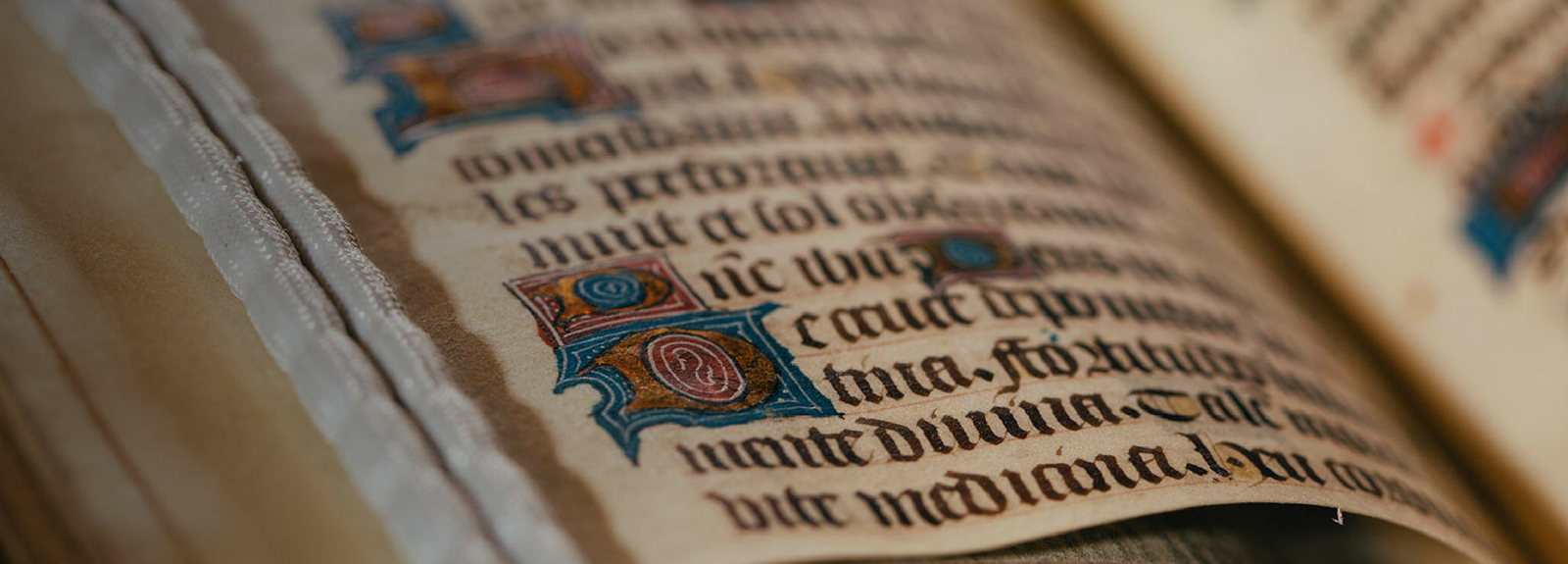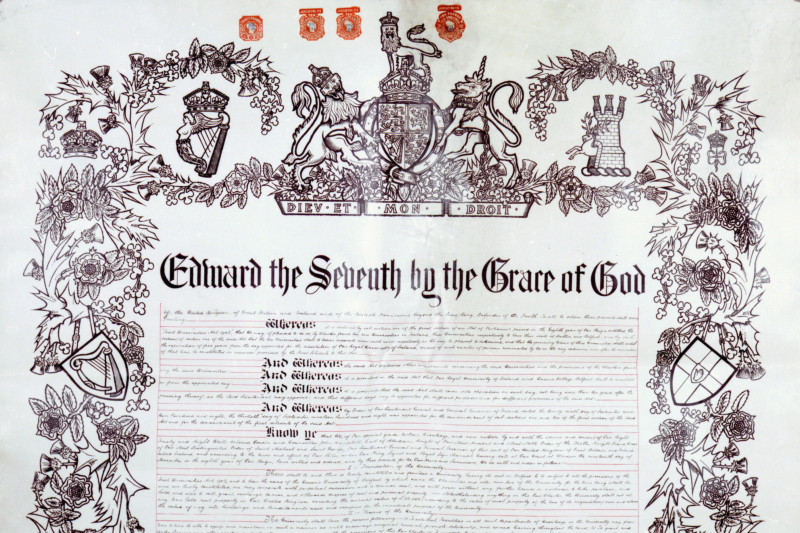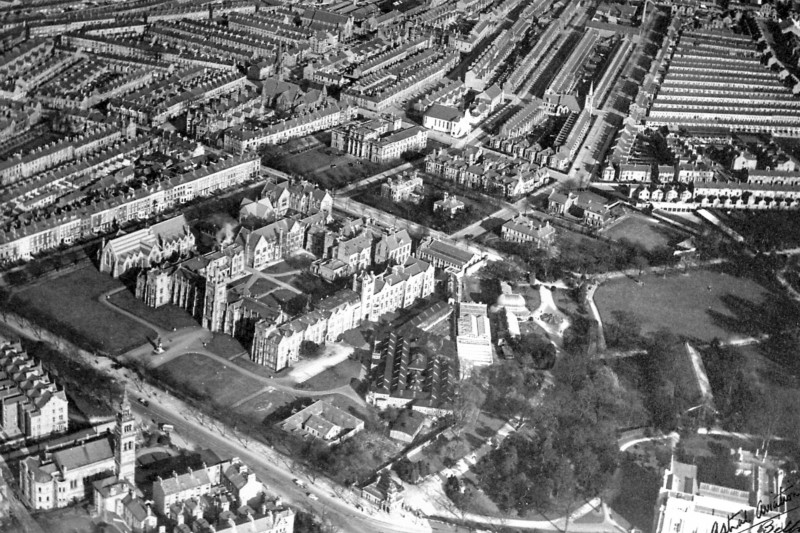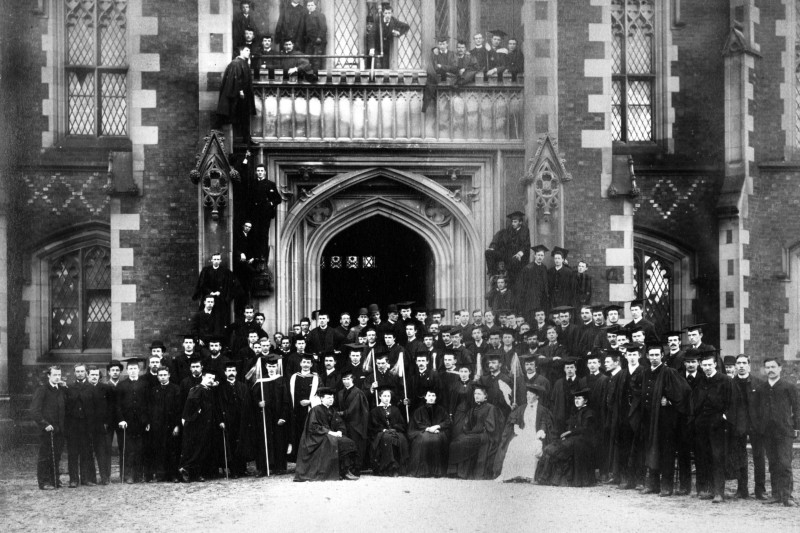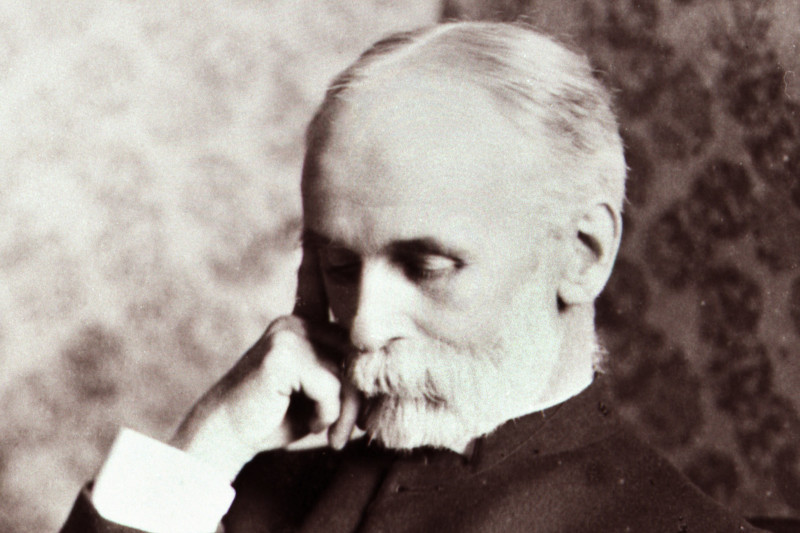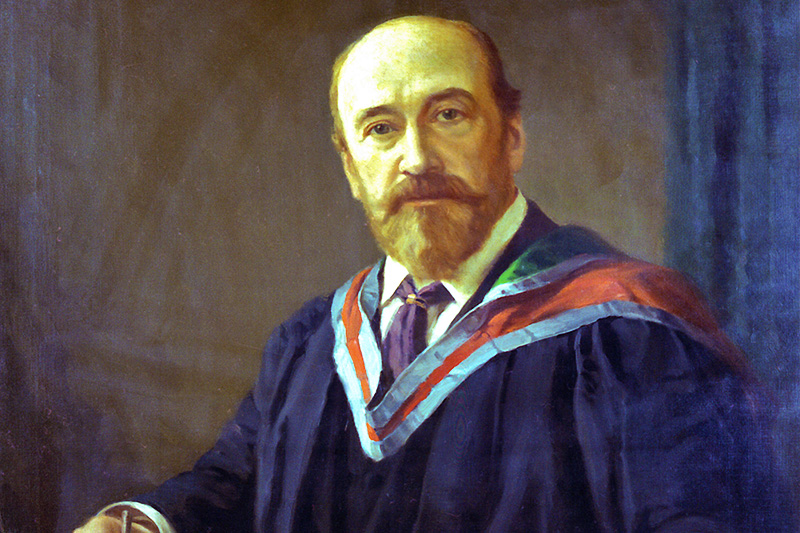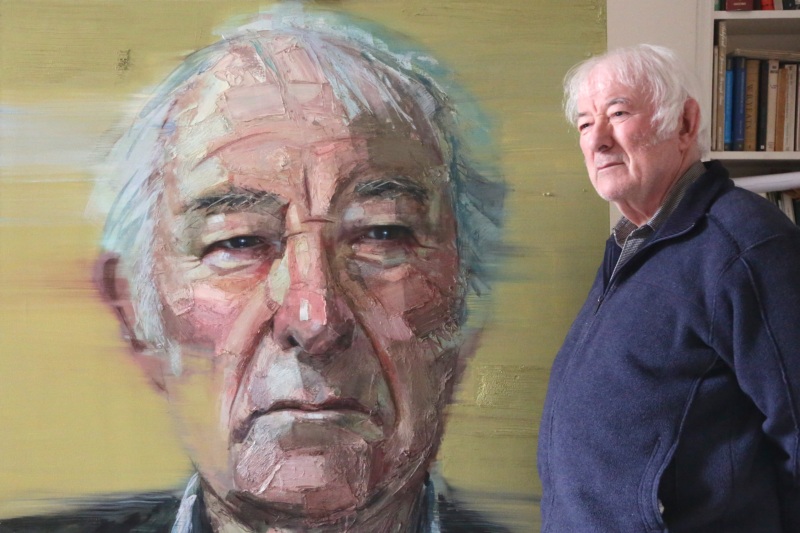Rev Thomas Hamilton, a Presbyterian Minister and academic, was Queen's first official Vice-Chancellor.
Hamilton was an accomplished fundraiser who guided the university through a period of change and expansion. He launched a major campaign urging the Government to increase its grant to Queen's, and he appealed to the public for endowments. Some things never change.
The young university continued to expand and develop under the vice-chancellorships of classicist Sir Richard Winn Livingstone, political economist Sir Frederick Ogilvie and historian Sir David Keir, while Sir Eric Ashby - later Lord Ashby - played a major role in ensuring Queen's reputation on the national stage.
Dr Michael Grant, a renowned classicist, was chosen to follow Ashby. He was succeeded by physicist Sir Arthur Vick, described as one of the most able administrators to hold the post. Sir Arthur was followed by Sir Peter Froggatt who guided the University with ability, good humour and integrity through a period of great financial upheaval for the higher education sector.
He was followed by Sir Gordon Beveridge, who led Queen's during one of the most challenging periods in its history. By the time of his retirement in 1997 Queen's was in a healthy financial position, and had developed and enhanced its commitment to equality issues, becoming an exemplar in this field.
His successor was the visionary Canadian, Professor Sir George Bain. Under his leadership, the University implemented far-reaching restructuring and investment programmes and initiated the Campaign for Queen's - the most ambitious fundraising exercise in the University’s history.
He was followed by Professor Sir Peter Gregson, a Fellow of the Royal Academy of Engineering, who led the University into the Russell Group of the UK’s top 20 research-intensive universities in 2006 and to the title of UK Entrepreneurial University of the Year in 2009. He has also led the development of formal strategic international partnerships between Queen’s and leading universities around the world, notably in the United States, India, Malaysia and China.
He was followed by Professor Patrick Johnston. Professor Johnston joined Queen’s in 1996 as Professor of Oncology, later leading the establishment of the Centre for Cancer Research and Cell Biology and becoming its Director. Prior to taking up his post of President and Vice-Chancellor, he was Dean of the School of Medicine, Dentistry and Biomedical Sciences. His own research focus over 25 years was on the understanding of mechanisms of drug resistance to therapeutic agents.
The next President and Vice-Chancellor of Queen’s University Belfast will be Professor Ian Greer. Professor Greer has an international reputation of academic excellence and has held major strategic and leadership roles in higher education for some 25 years, most recently at The University of Manchester and at the University of Liverpool.
